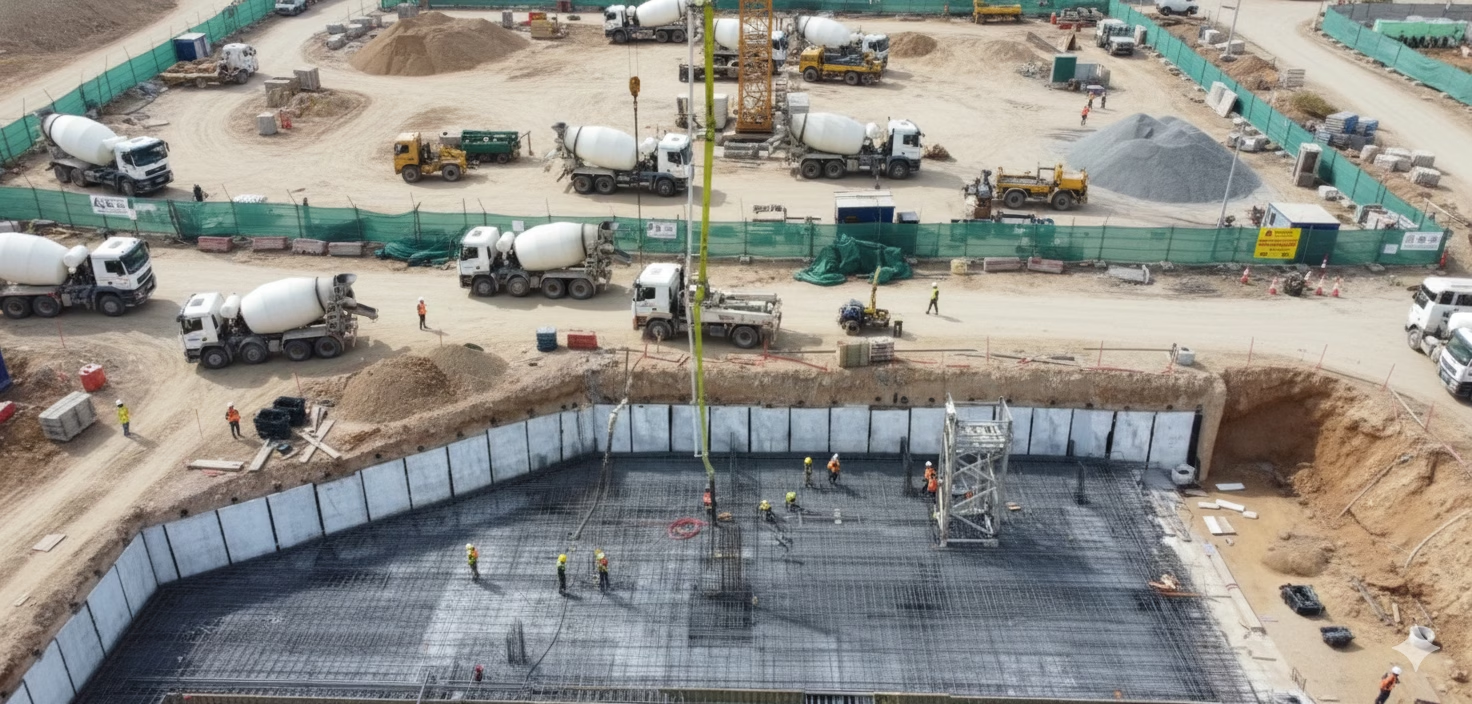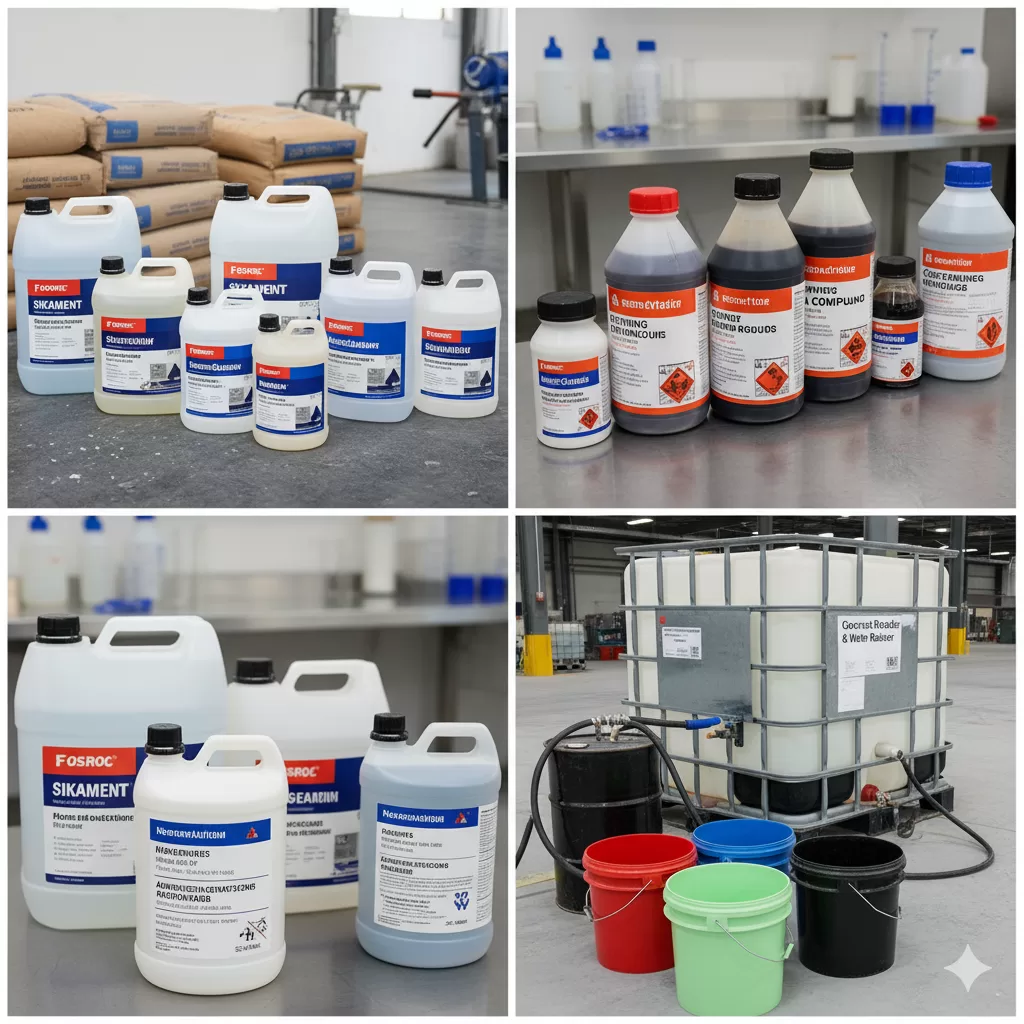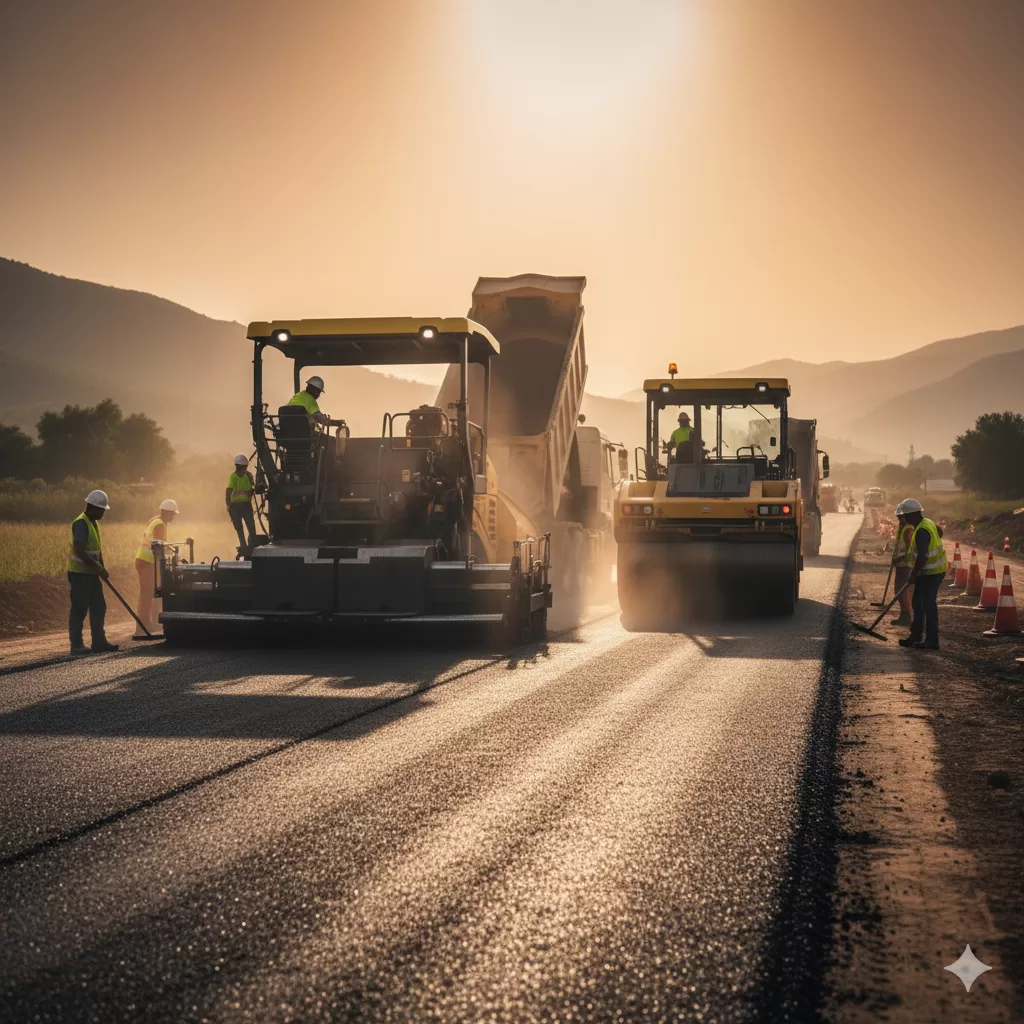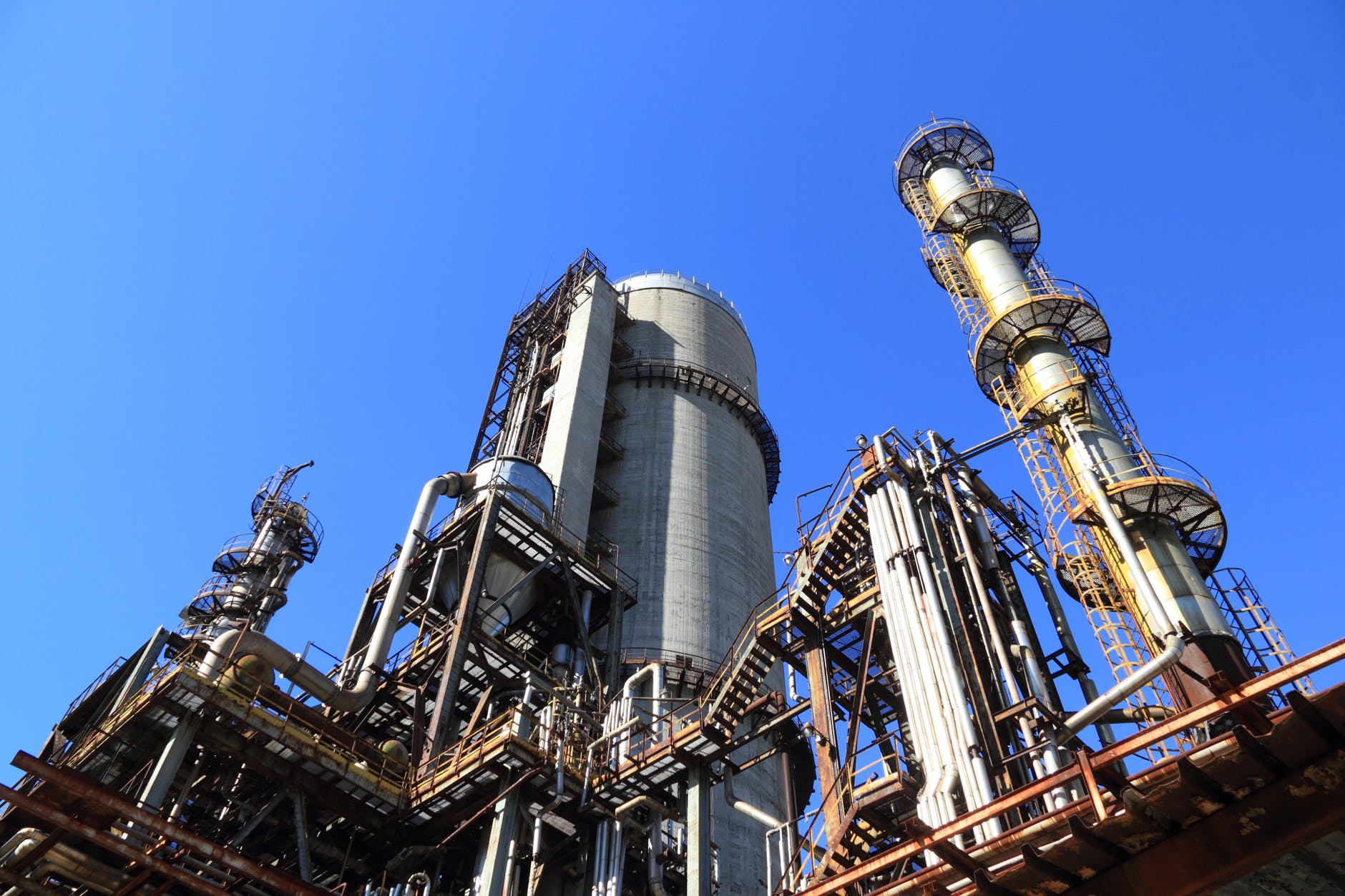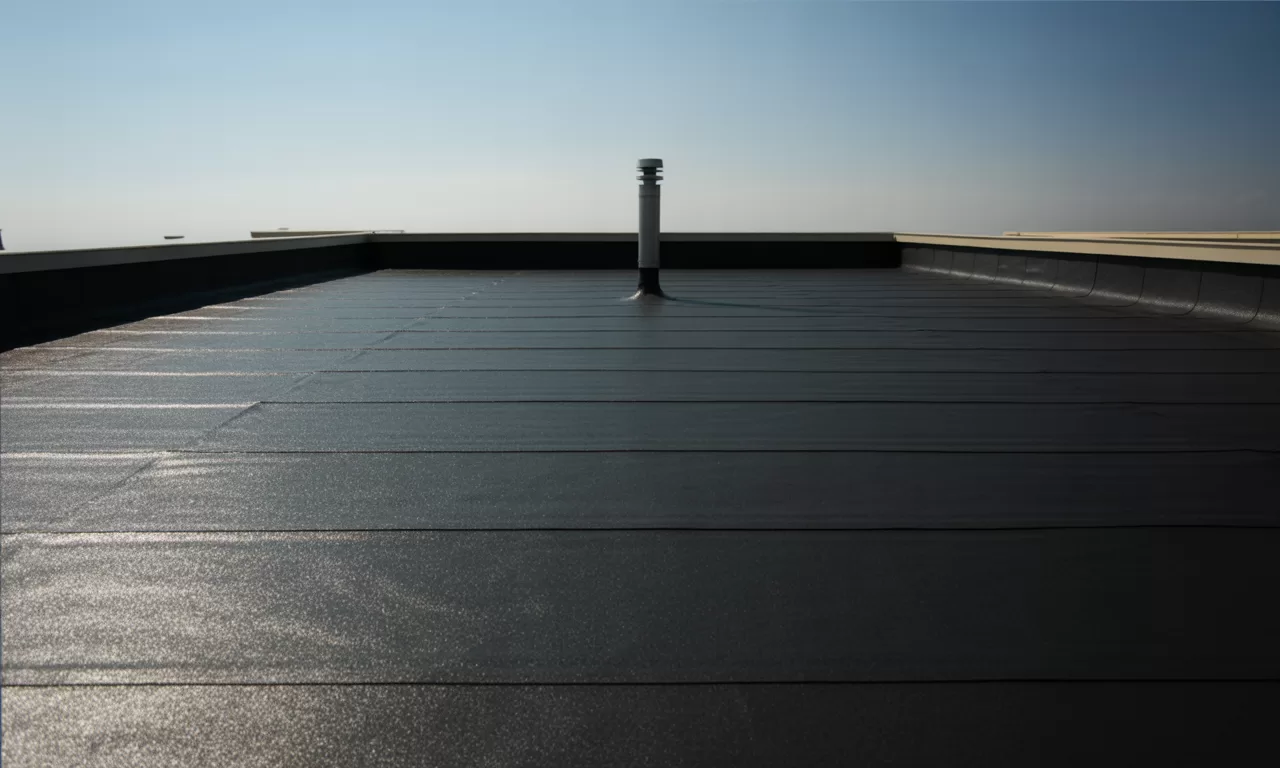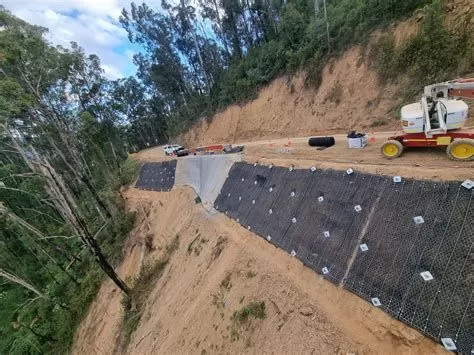Types of Raft Foundation and features : A Comprehensive Guide
Raft foundation is a continuous slab that completely covers the entire site of the proposed structure and rests on the soil. Depending on the applications and design loads, there are various raft foundation types. The choice of raft foundation type is influenced by a number of variables, including bearing capacity, loads, site circumstances, etc.

